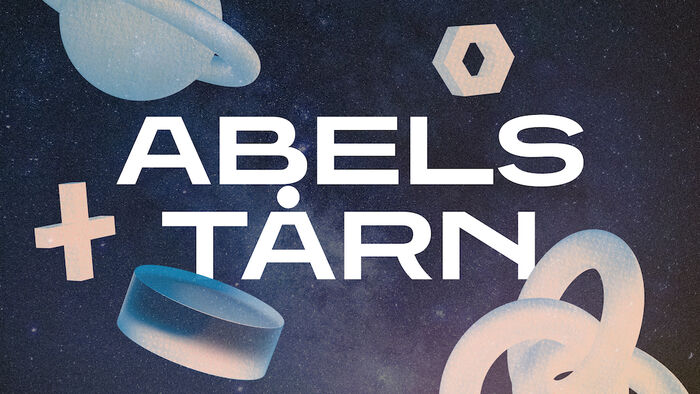澳门葡京手机版app下载
V?rt studietilbud
Klima, milj? og b?rekraft
Se hvordan UiO jobber med tiltak innen utdanning, forskning og gr?nn campus.
澳门葡京手机版app下载
-
Systemmeldingen: En styrking av det internasjonale 澳门葡京手机版app下载et 21. mars 2025 16:33
-
TIK l?fter fram samfunnsinnovasjon 21. mars 2025 09:23
UiOs tilbud til flyktninger
Informasjon om studier, arbeidspraksis og ulike st?tteordninger for mennesker p? flukt.















